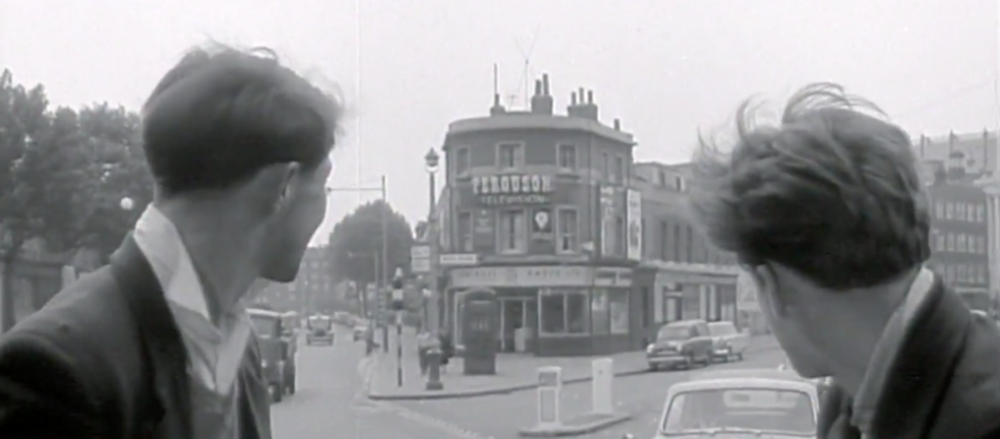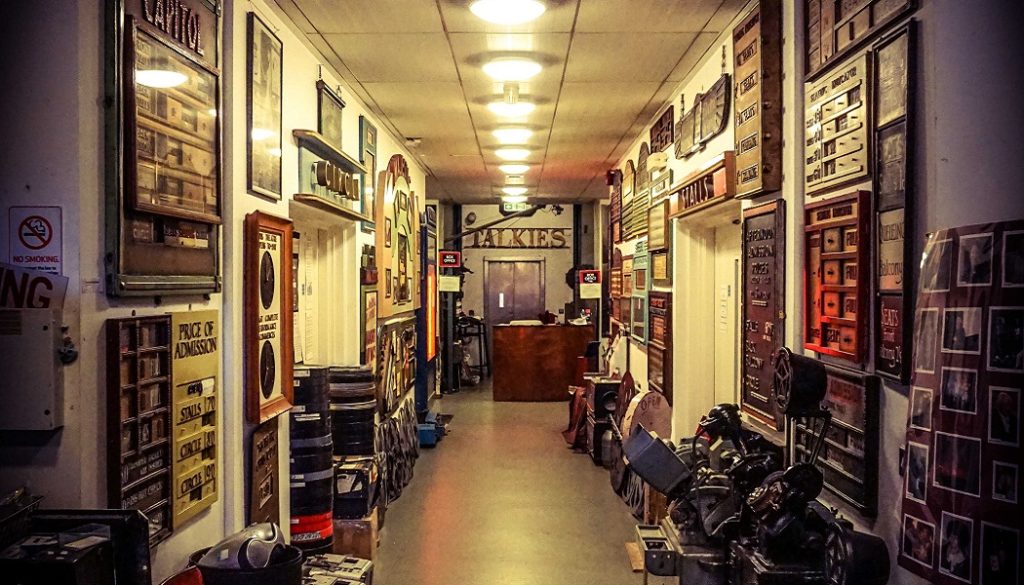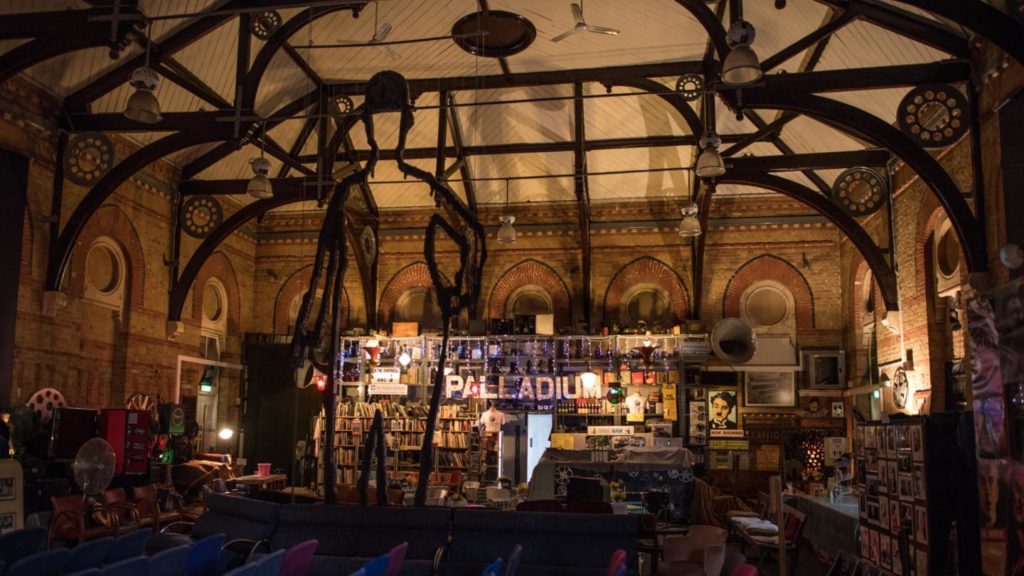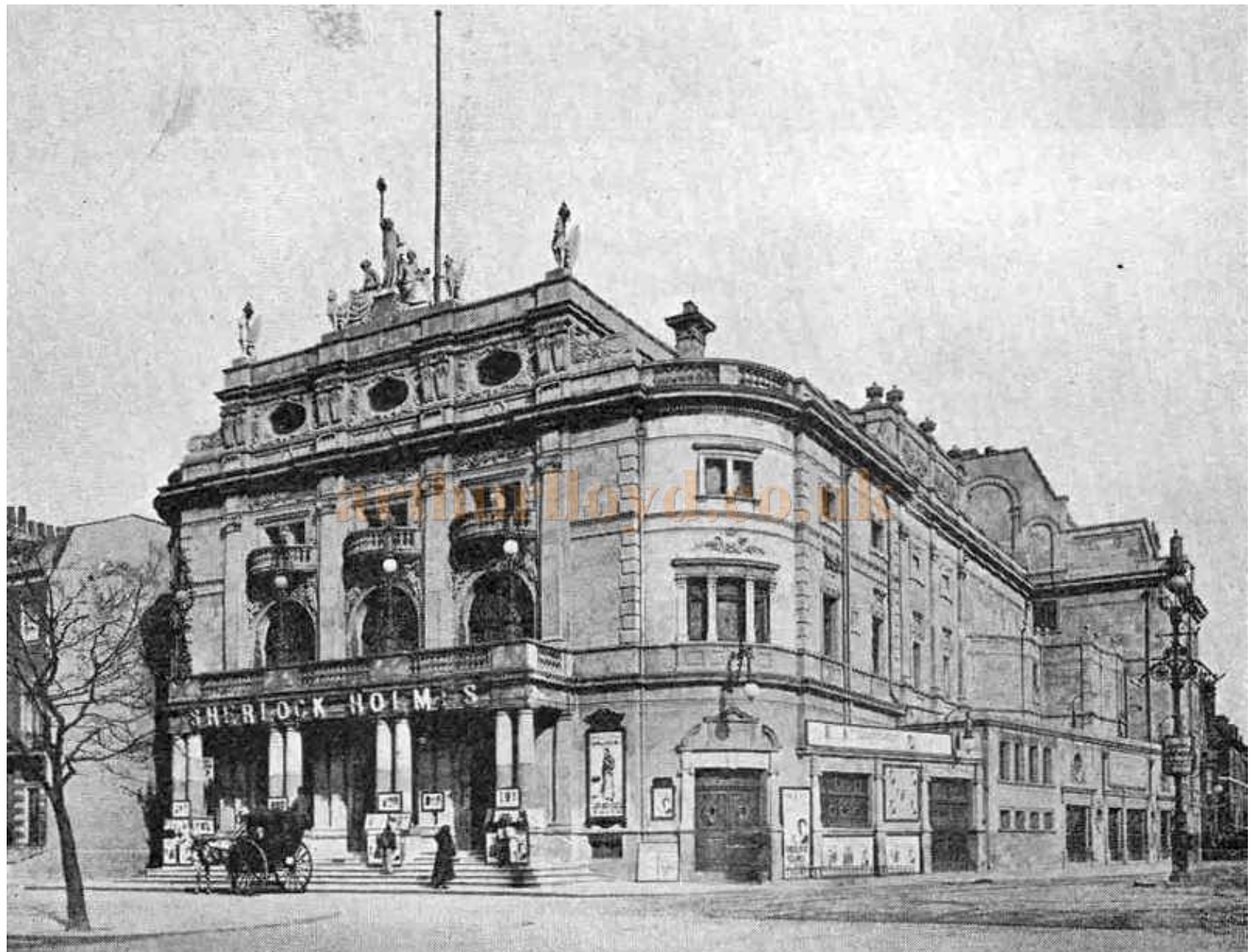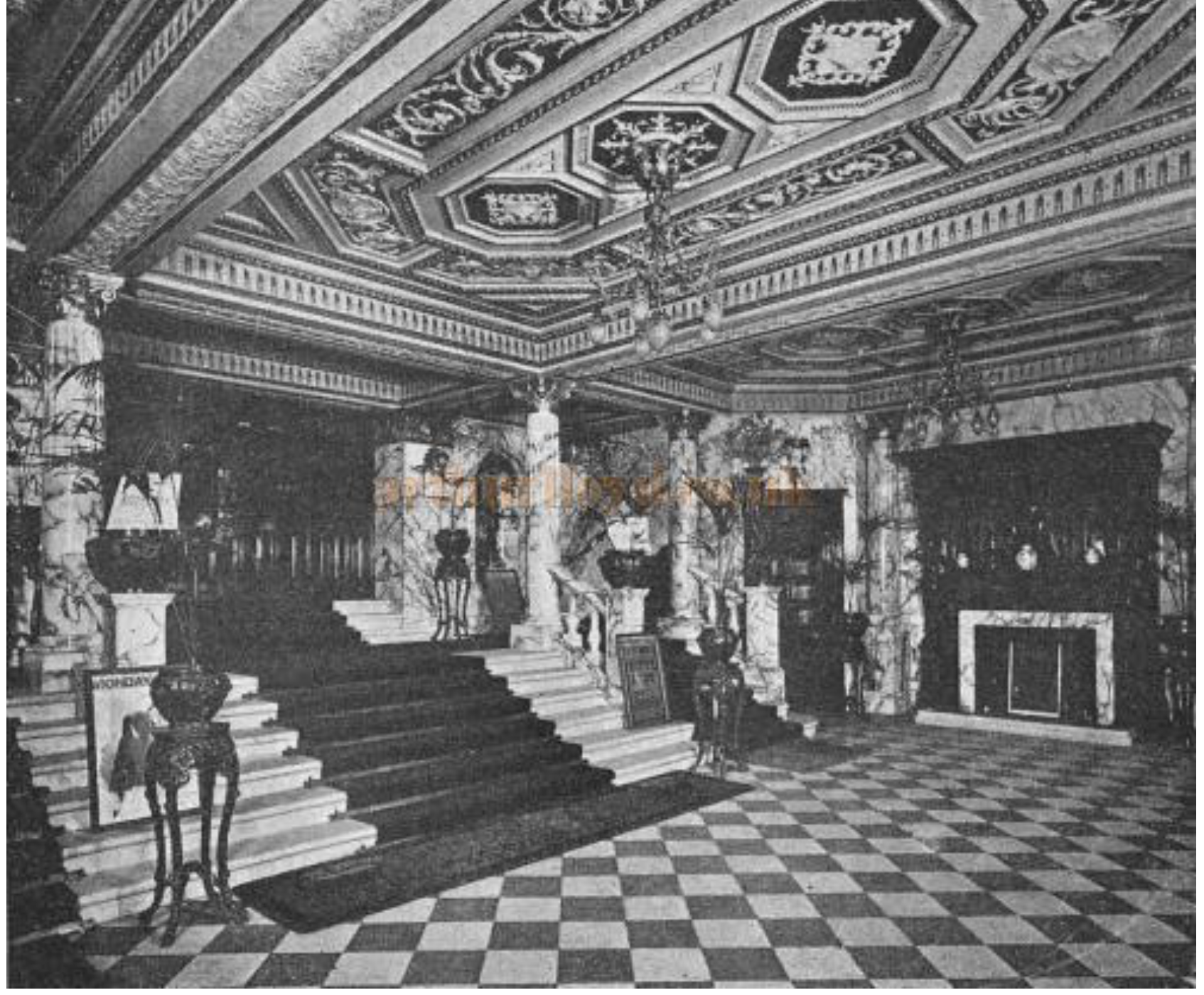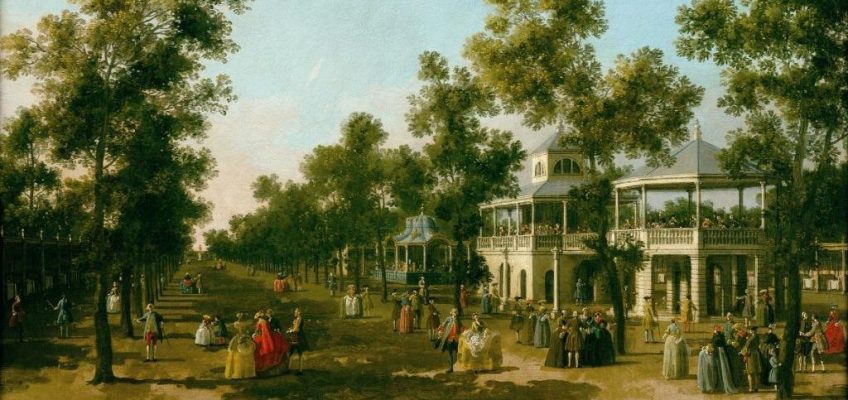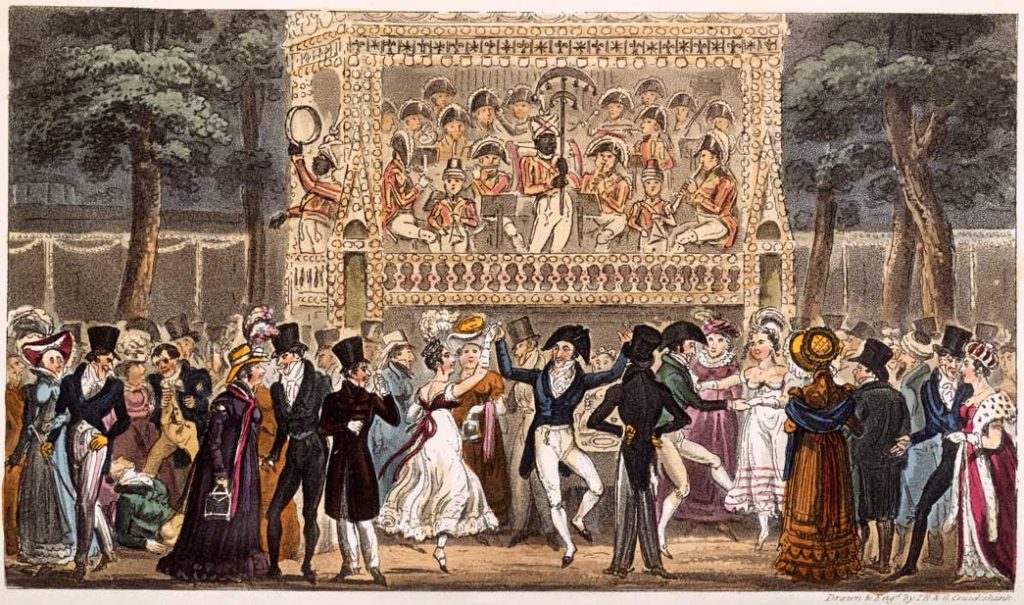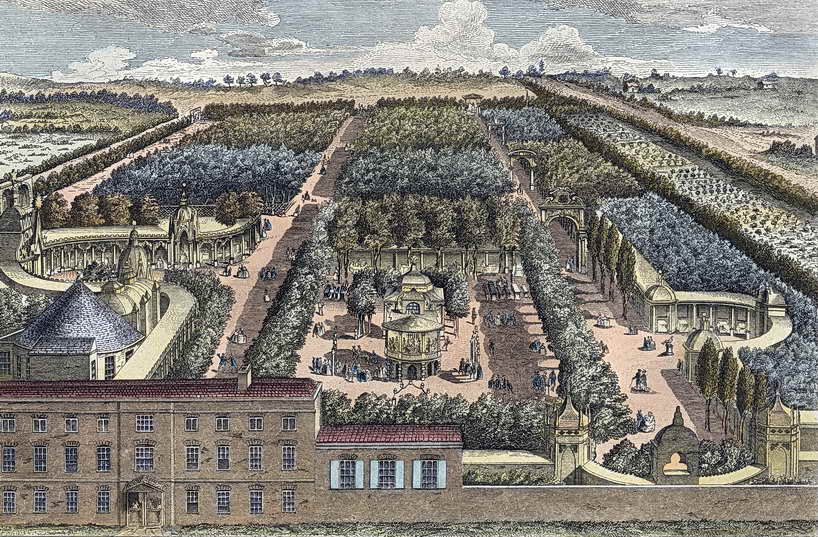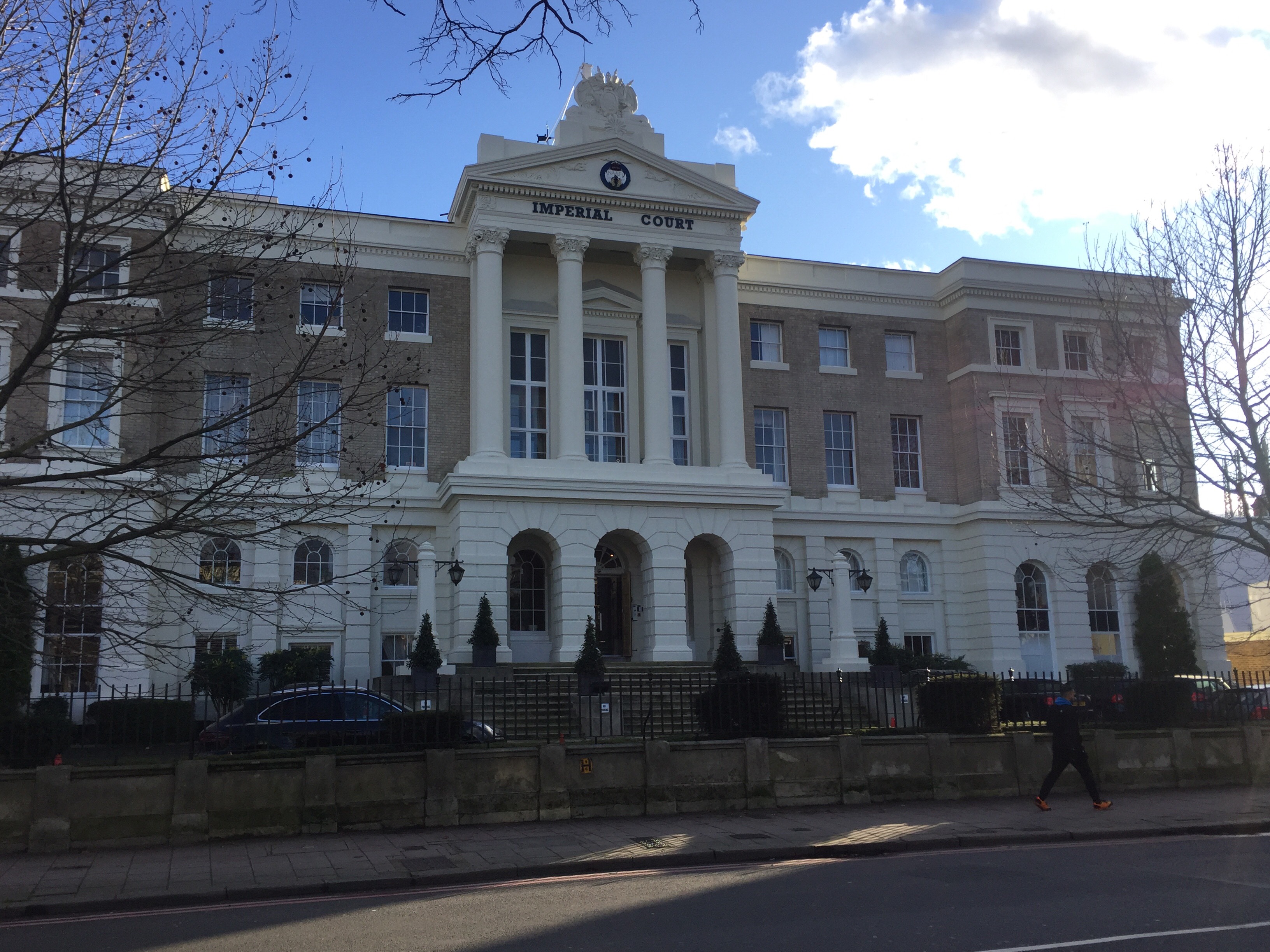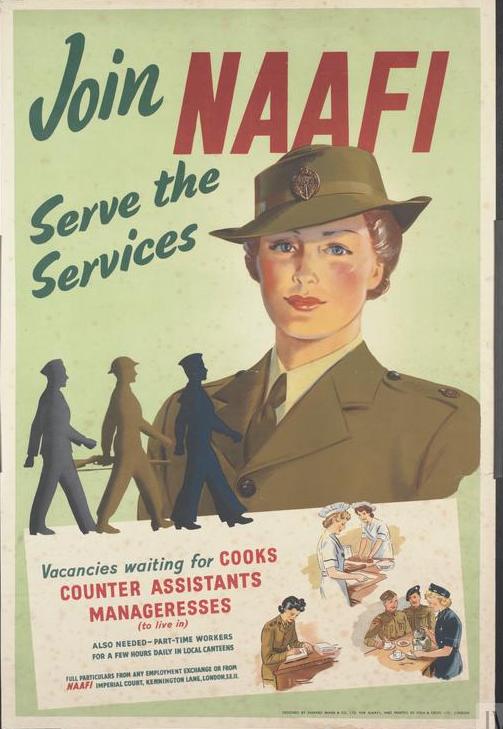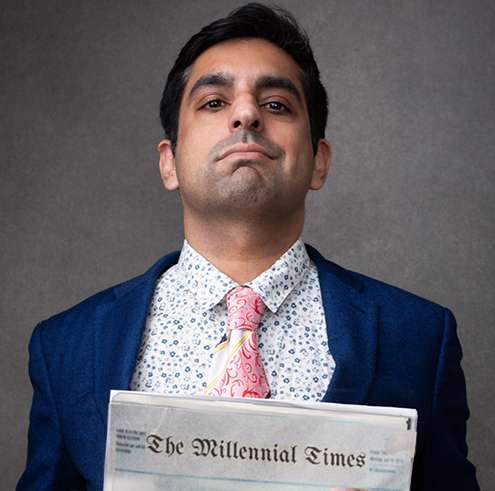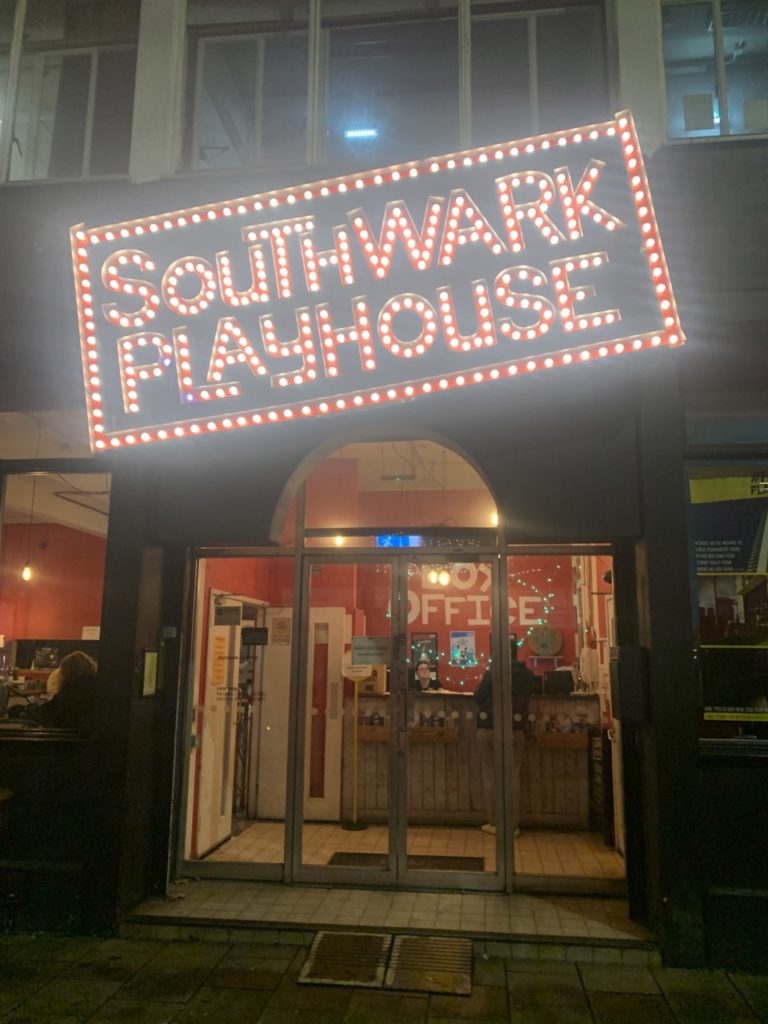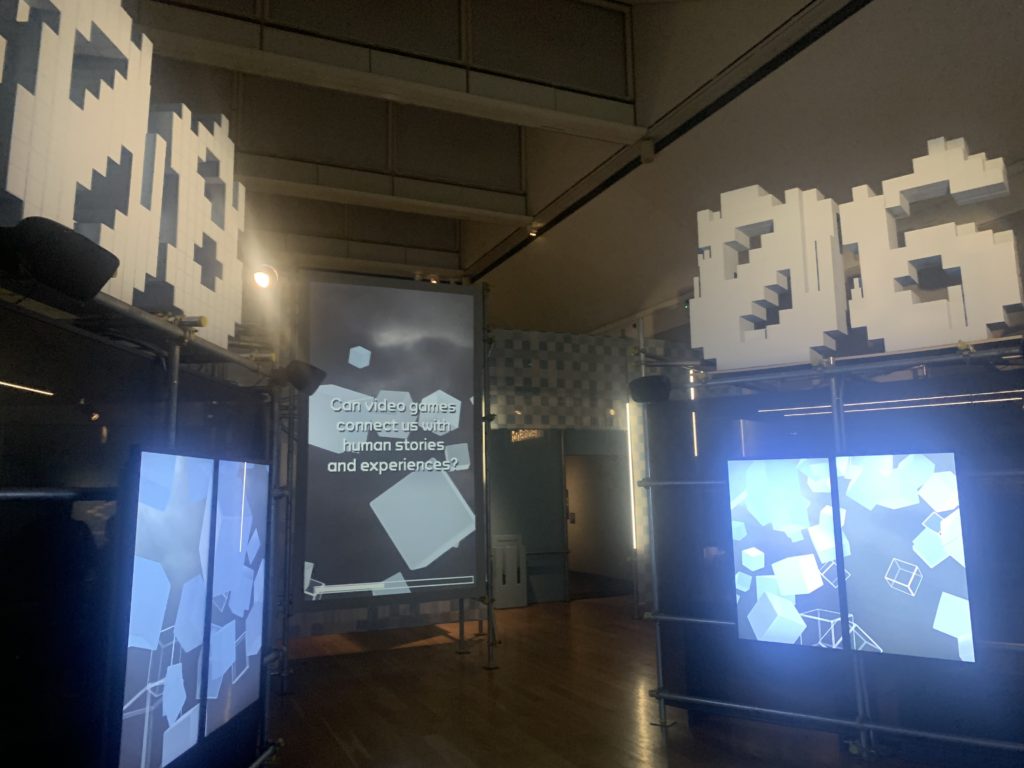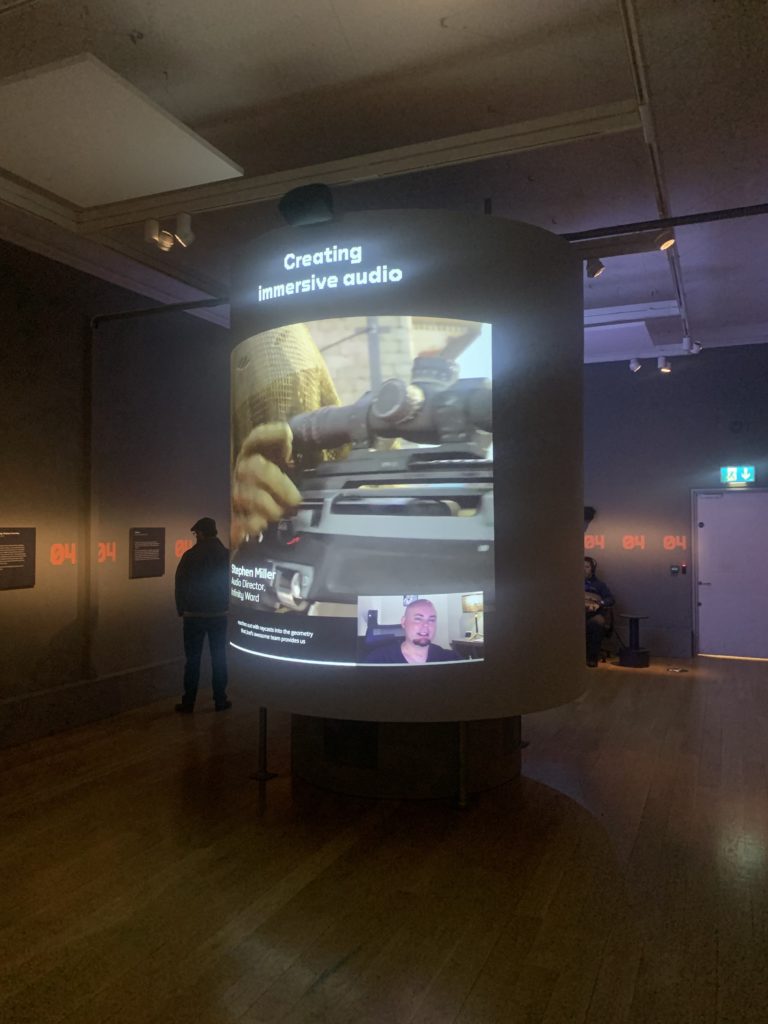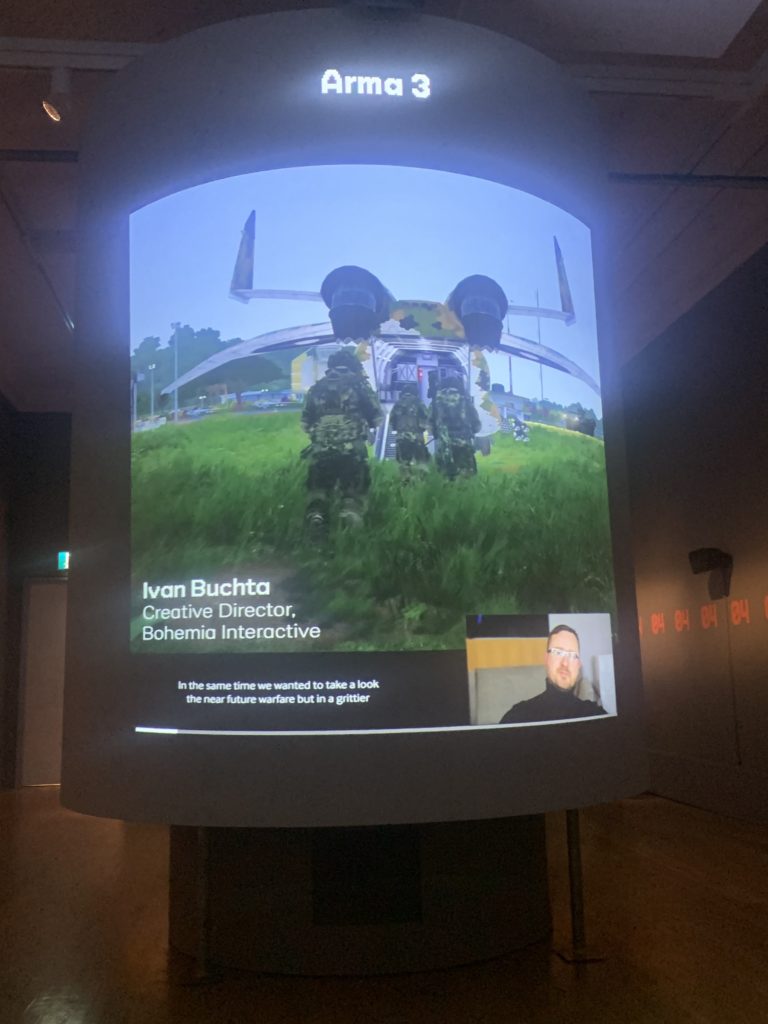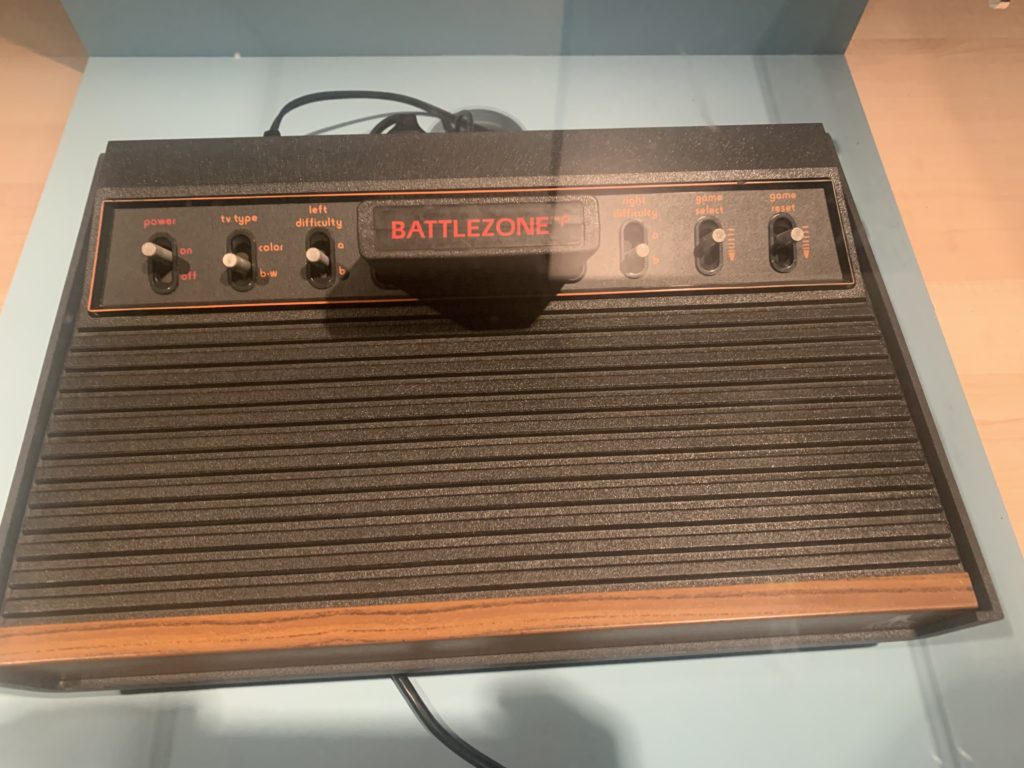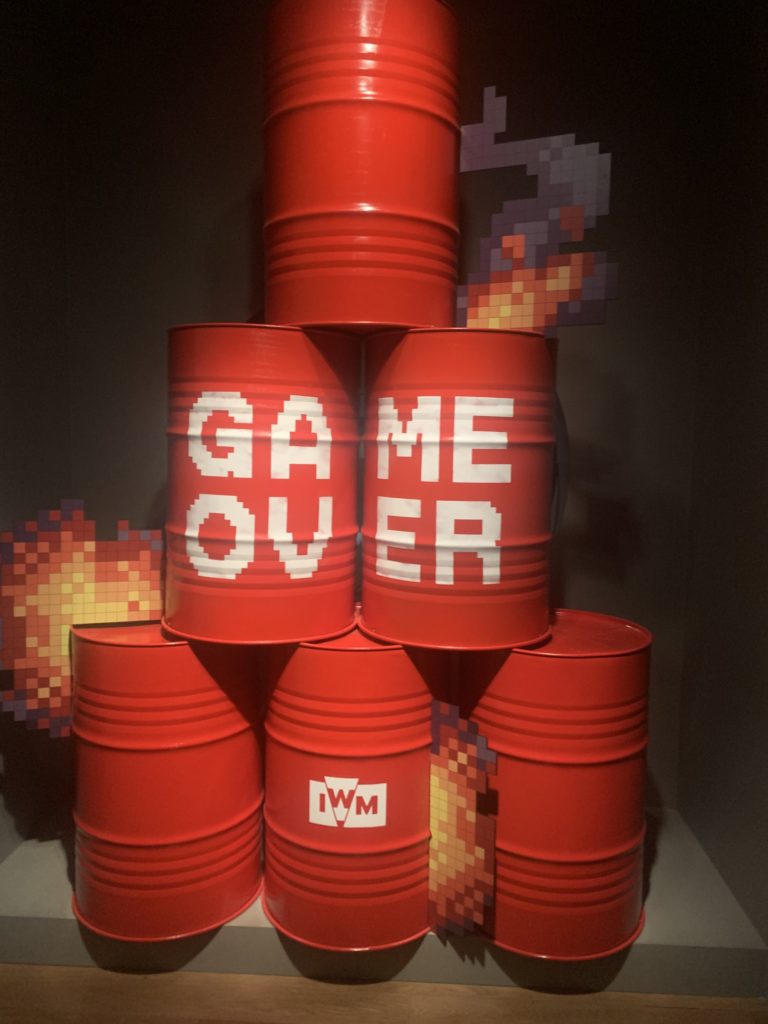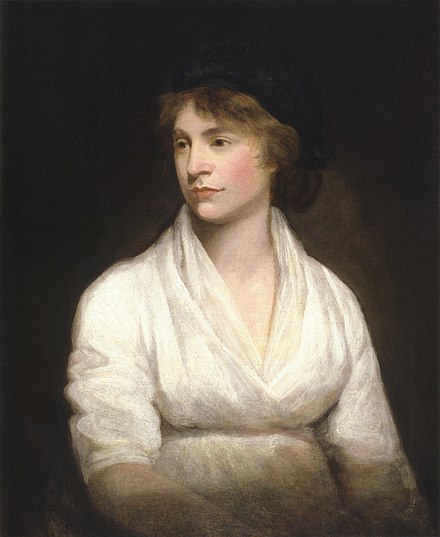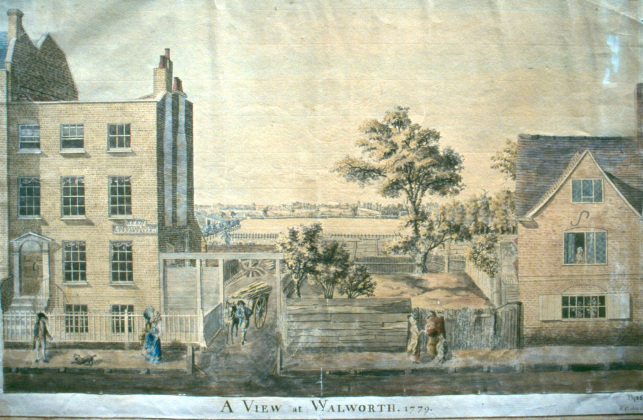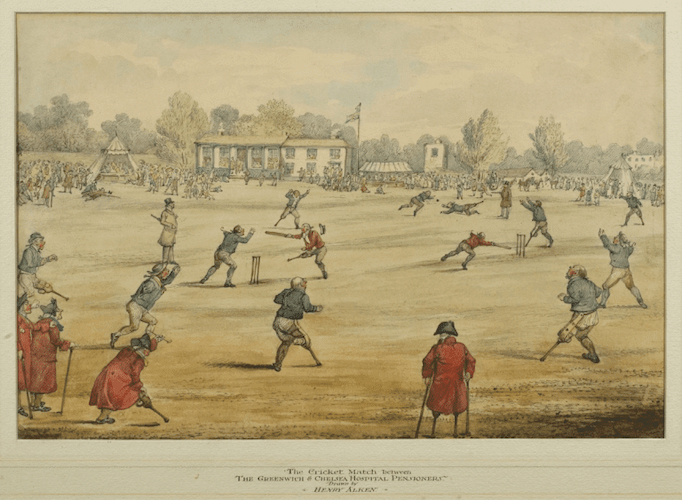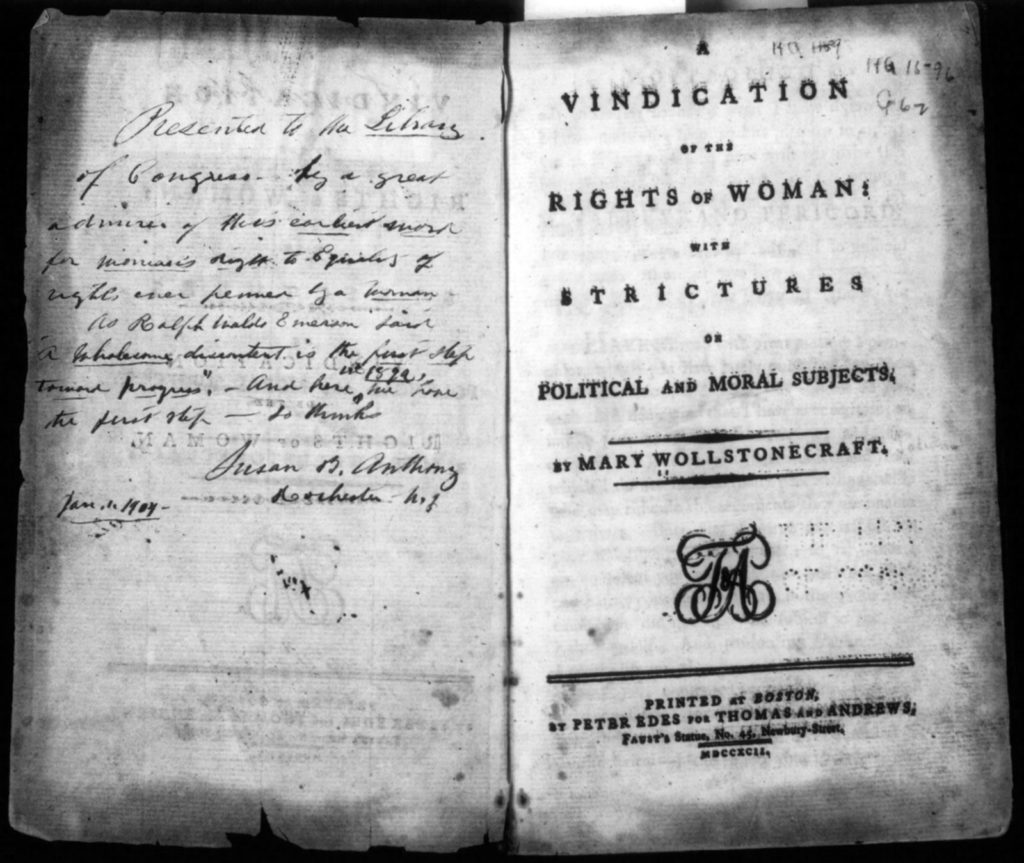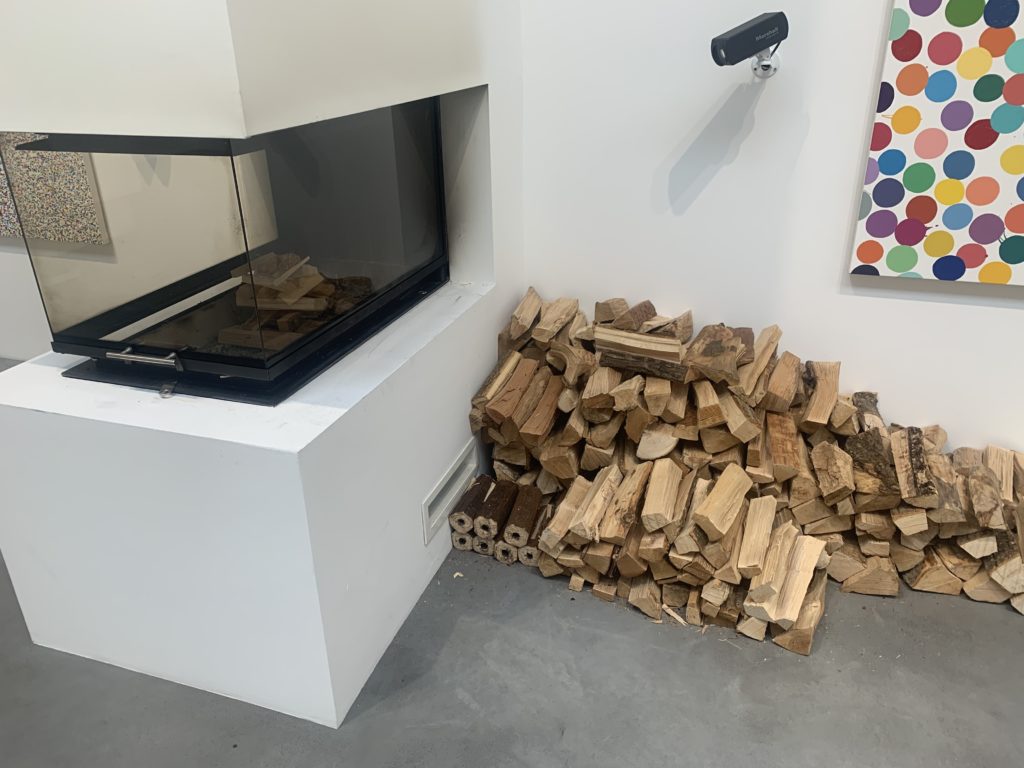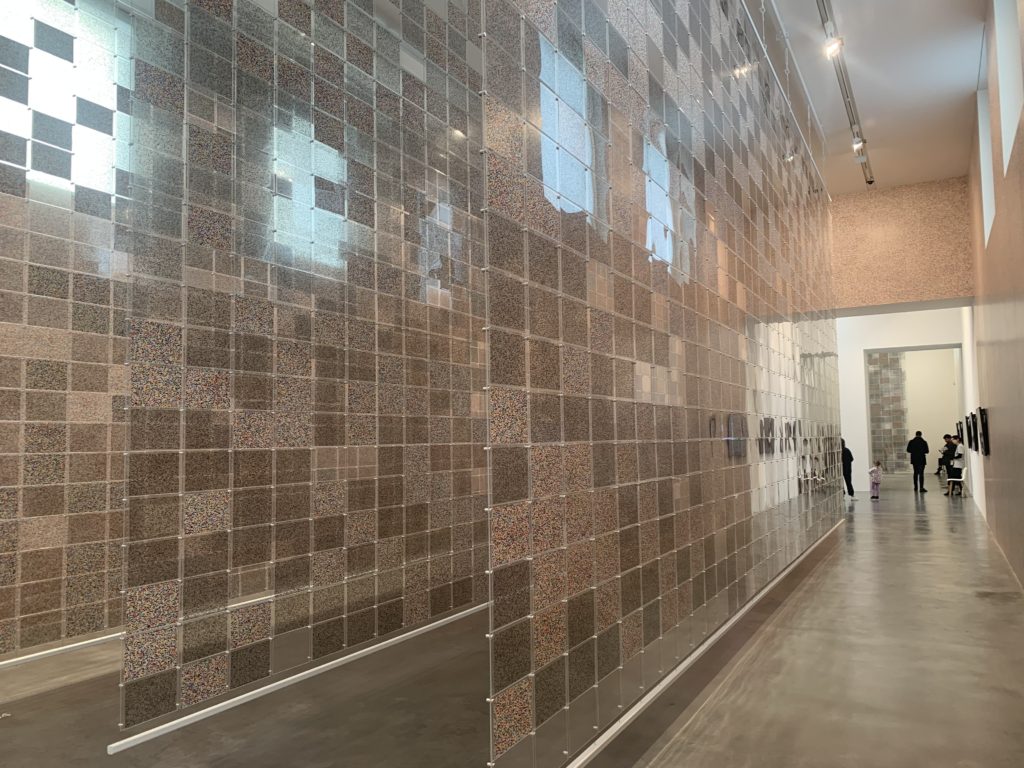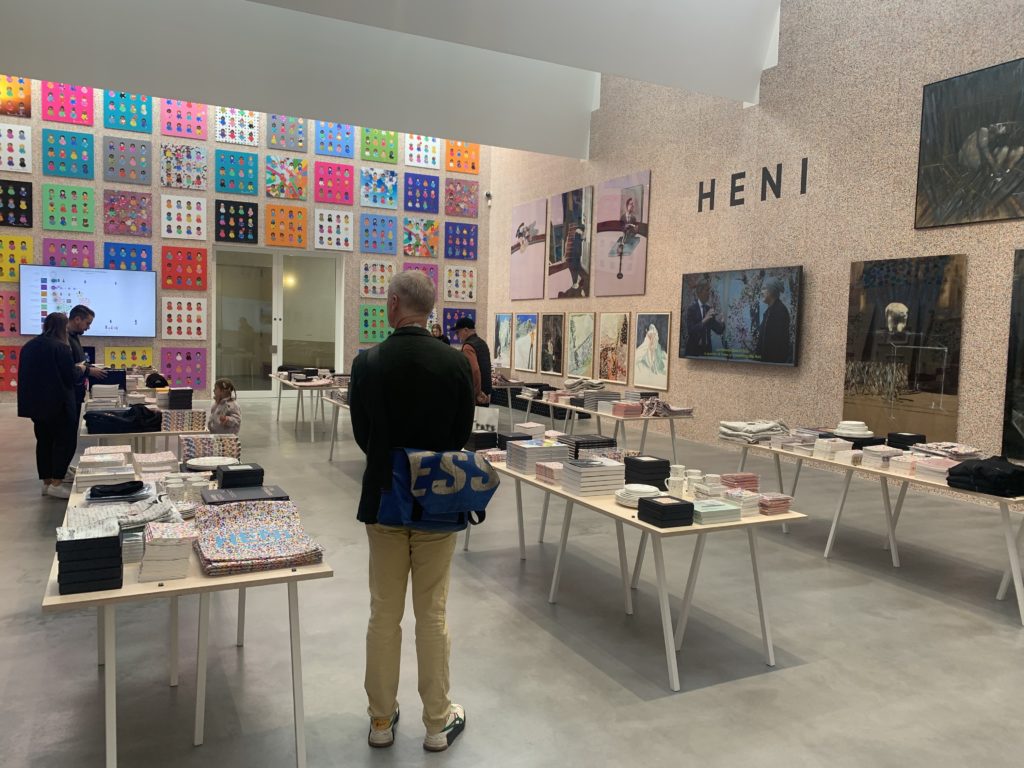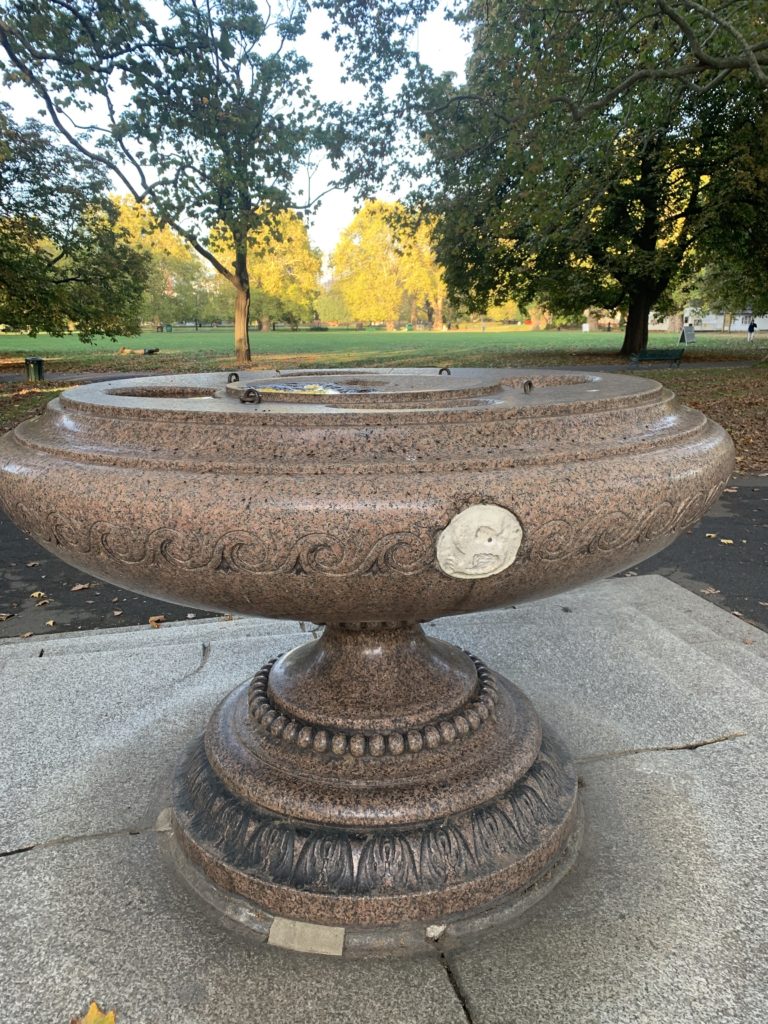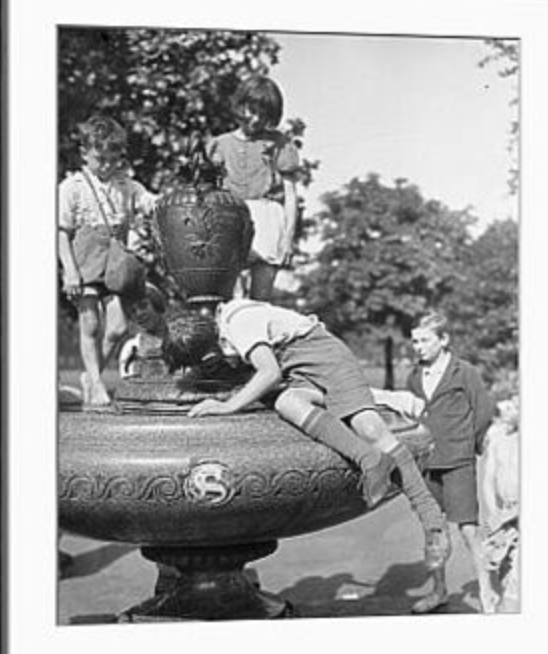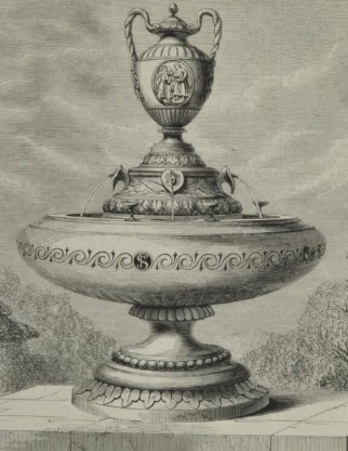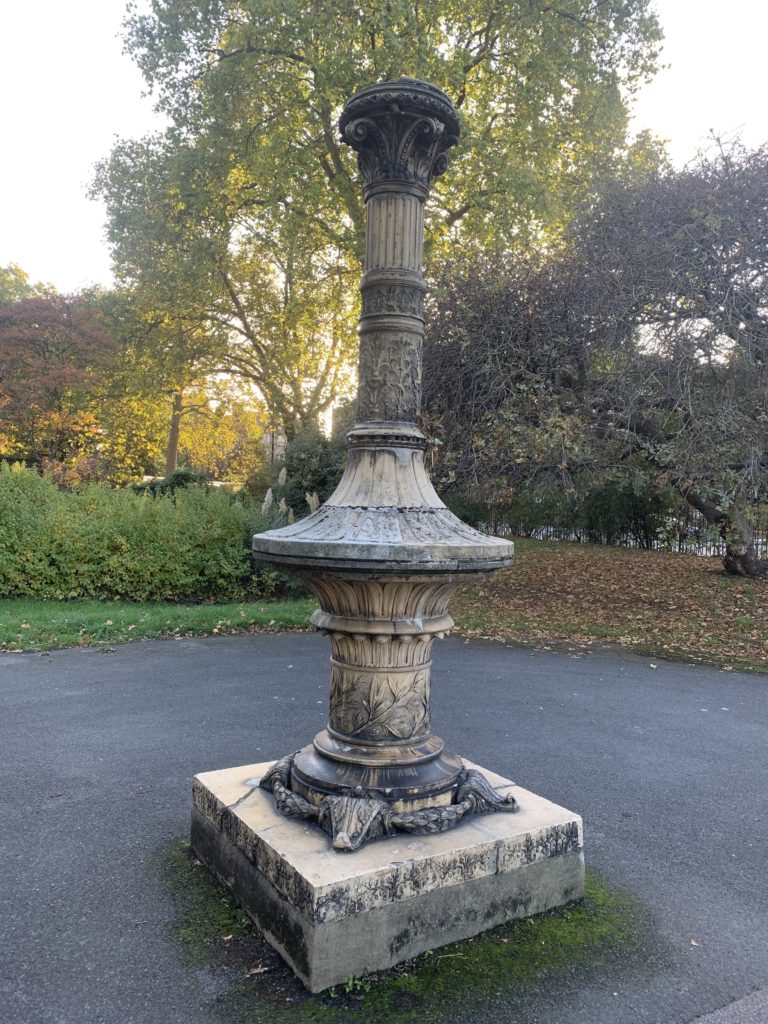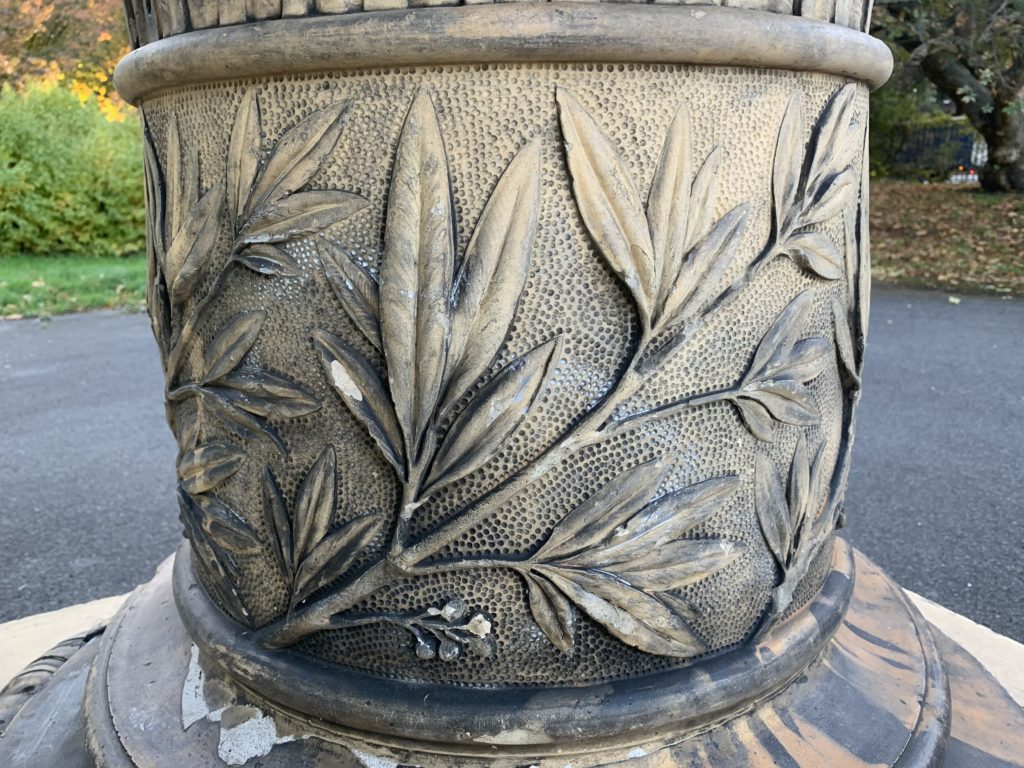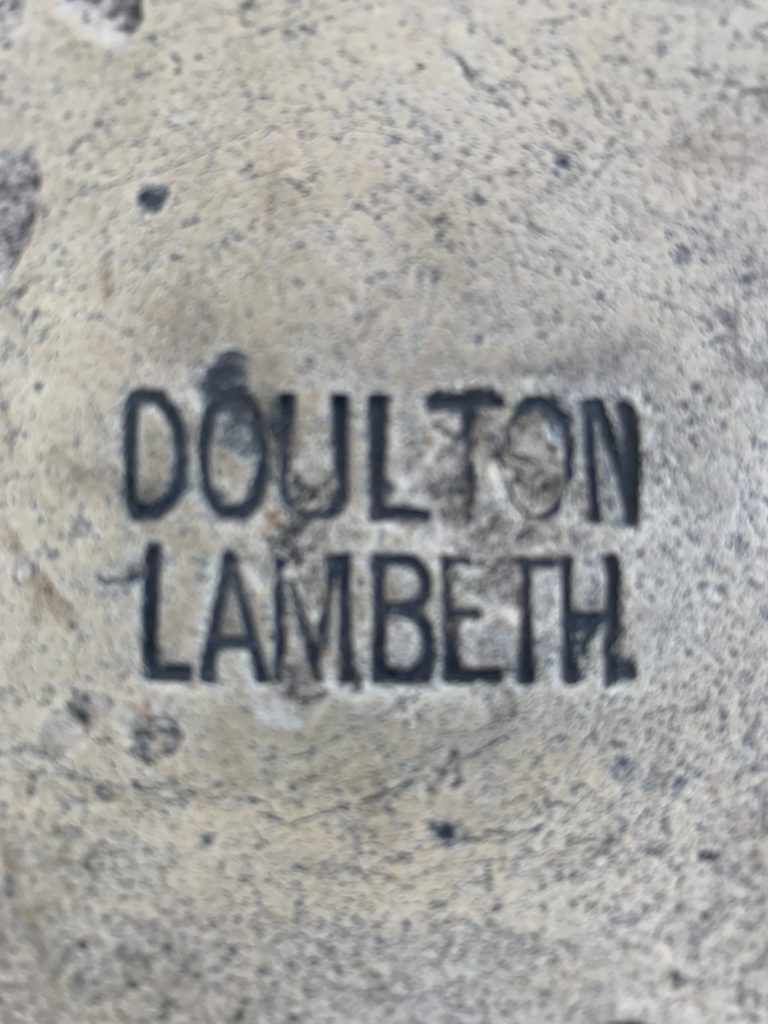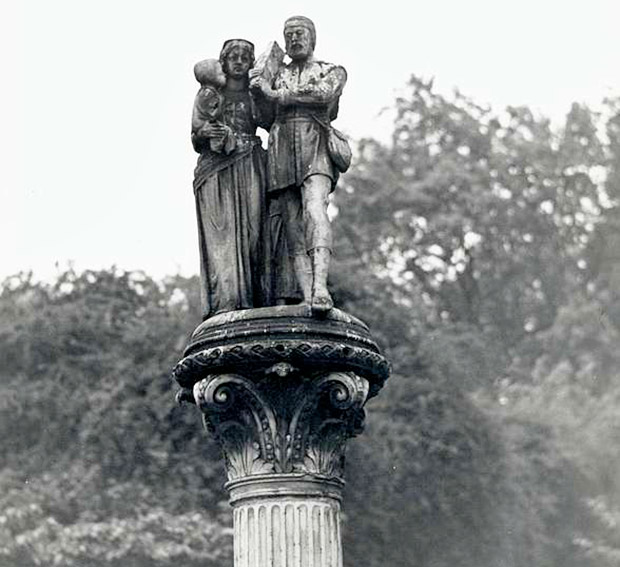OK people, now that you’ve completed that new year’s resolution of running around Kennington Park six times, it’s time to work on your grey matter. It’s that time in the Greater Kennington cultural calendar (it’s a thing, trust us) to enlighten you about the ‘Classical Vauxhall’ series of concerts at St. Mark’s Church in Oval from 2 to 5 March. The press release boldly describes it as ‘a four day festival of live music and song, featuring top artists and four centuries of composers’. While the revival of dead white men might not sound like a merry blast, it seems that these artists have their own unique twist on things.

The concept behind these five concerts is to put on shows that are varied, lively, and accessible to people who (like us) are not habitues of the Royal Opera House and might otherwise be a bit intimidated by this genre. Each night is set to a theme, from jazz in Hollywood to finding comfort in chaos (very hard to do in Vauxhall) and feature a range of artists performing short pieces. The last day is a freebie and is dedicated to young artists learning their trade.
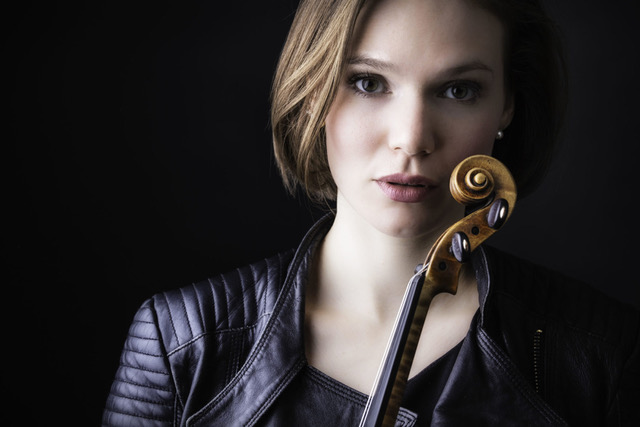
The director of the festival and the brains behind the whole thing is Fiachra Garvey and he is joined by artists Clifton Harrison, Tamsin Waley, Rakhi Singh, and the Julian Bliss Septet. To be honest we have no idea who any of these people are – But– we have seen some of their work on YouTube and it’s beautiful. Rakhi and her amazing violin are featured here.
Tickets are £22.15 so not exactly cheap, but a great way to support local culture and artists who have probably didn’t have much work during the pandemic. Some folks from KR towers went in 2022 and they described it as both amazing and great fun. A nice way to get a little culture in your life without venturing much further than your local pub.
Only 10 days to go until our ‘Ten Best Places to Eat in Greater Kennington (+ 1 Sunday Roast)’ countdown, people!
